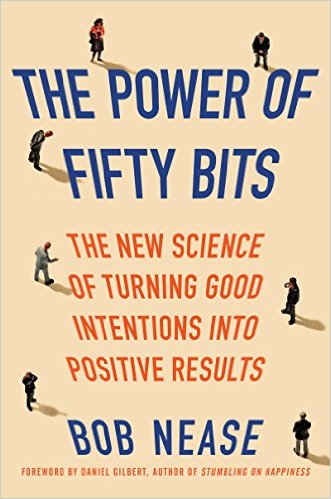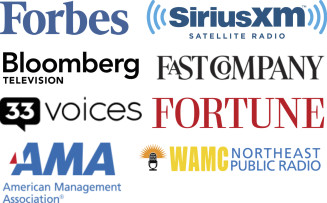When James Carville was asked who he’d like to be reincarnated as, he said the bond market. If someone asked me that question this morning, I might say Apple. And the reason is laziness.
I am a reasonably hardworking guy. If I hear someone raking leaves outside, I can’t relax; I have to go help them until the work is done. (Okay, this might be more of a sign of neurosis than of conscientiousness.)
Yet for all my Type A tendencies, this morning I found myself reaching for my iPhone to check Facebook… even though I was sitting in front of my laptop. The reason? I haven’t bookmarked FB on my laptop but do have the app installed on my phone.
In other words, I reached for the phone to avoid having to enter the URL.
It’s one thing to say that people are lazy. It’s something else entirely to appreciate just how lazy they really are.
But Apple gets it. In a recent article at Wired, Fred Vogelstein notes the ability of the new iPad to work in both “lean forward” (laptop or desktop tasks) and “lean back” (entertainment) modes.
Turns out, desktop and laptop computers and existing cell phones are lousy at consuming content. Everyone keeps running into the “lean forward lean back” problem. Computers are lean forward devices, but lousy entertainment machines. TVs are great to watch a movie on but lousy at doing email or web surfing.
The iPhone and probably the iPad are the first devices that truly solve this fundamental problem of media convergence. Probably because of their portability and touch screen, we are just as happy to do email and web surf as we are to lean back and watch a video or a movie with handheld, touch-screen devices.
The difference between leaning forward and leaning back seem trivial: do one in a chair at a desk and the other from the comfort of your couch. But if the device and software don’t naturally and easily accommodate both of those modes, it just won’t happen.
Before joining Express Scripts, I was in academics, and I focused on understanding how to improve clinical decision making — the choices patients and their physicians face every day. This work involved understanding variations in preferences, and designing educational tools to help support informed choice. In a sense, the work was about helping make the right decision more obvious for each patient.
But I think I had it wrong. There’s a tremendous power in flipping that equation. Instead of working to make the right thing obvious, we should work on making the obvious thing right. Make the right choice easier, more pleasant, simpler; the uptake of that choice increases dramatically. Designers call these affordances. Mothers call it common sense.
What can you do to make the right things easier for your customers?
(Note: this entry originally appeared at consumerology.com)




